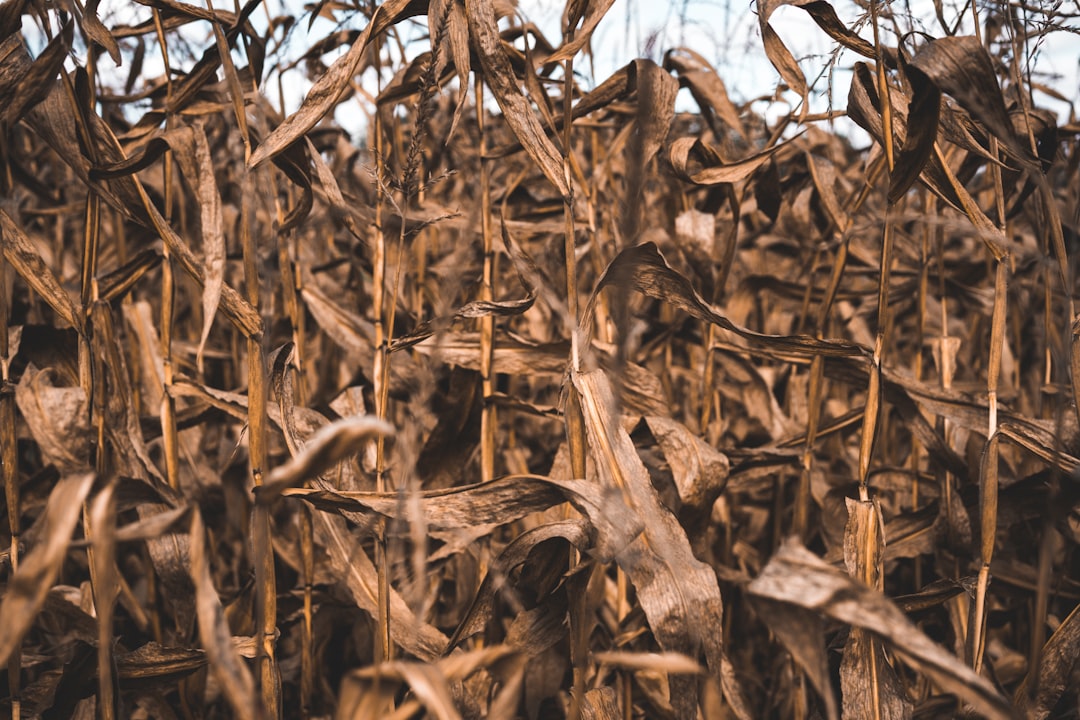What is it about?
Elk (Cervus canadensis nelsoni) are an important species both for the viewing public and for hunting. We have shown that elk select for forage in more rugged areas while avoiding roads at areas where they have calves. Also at calving areas elk selected for intermediate security cover where they could detect both humans and predators. We hypothesize elk selected for intermediate rugged terrain at larger scales for security from high road densities and human disturbance, but these areas may have placed elk in riskier environments for puma (Puma concolor) predation. Forest management that maintains open-canopied vegetation communities in less rugged areas and prevents ponderosa pine (Pinus ponderosa) encroachment of meadows to provide forage may be beneficial for elk. Road management which restricts road-use during calving may also benefit elk.
Featured Image
Why is it important?
Our findings are important because elk minimize human disturbance by moving away from roads and select calving areas in intermediate rugged habitats, possibly putting them at risk from puma predation. Therefore, management agencies should take into account the juxtaposition of rugged terrain, foraging habitat, and roads when devising road management plans for this species.
Perspectives
This publication is important because it provides insights into how elk can be influenced by roads and human disturbance and this can have implications where they are more susceptible to predation during calving. This has implications for their demographics which is important because of their intrinsic value, and also for the viewing public and for hunters.
Dr Chadwick P Lehman
South Dakota Game, Fish, and Parks
Read the Original
This page is a summary of: Elk resource selection at parturition sites, Black Hills, South Dakota, The Journal of Wildlife Management, November 2015, Wiley,
DOI: 10.1002/jwmg.1017.
You can read the full text:
Contributors
The following have contributed to this page










